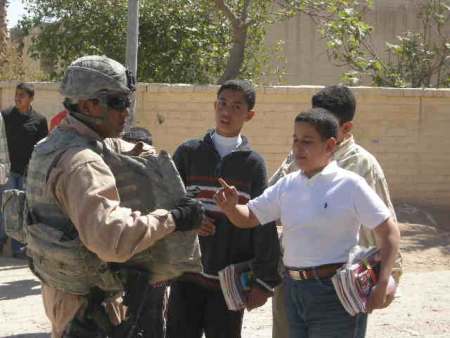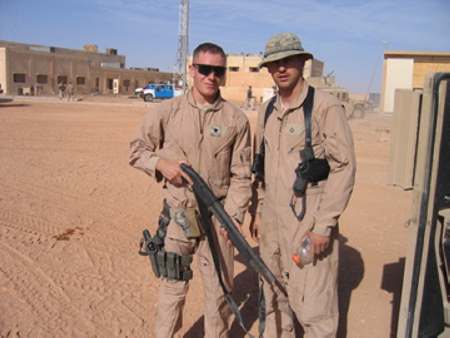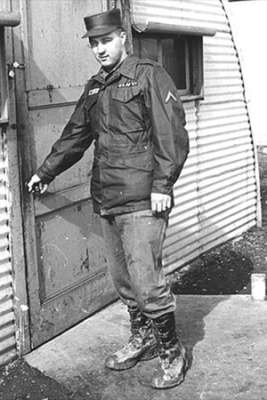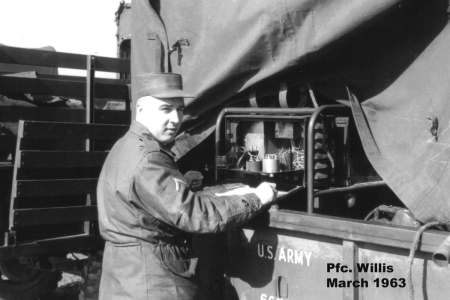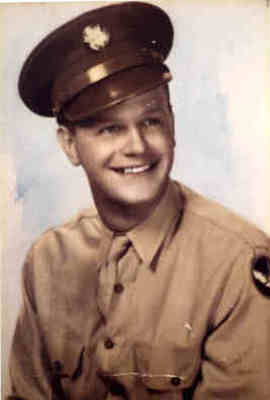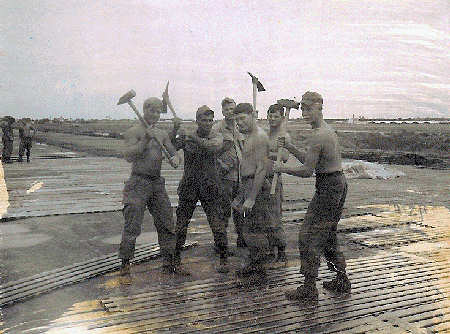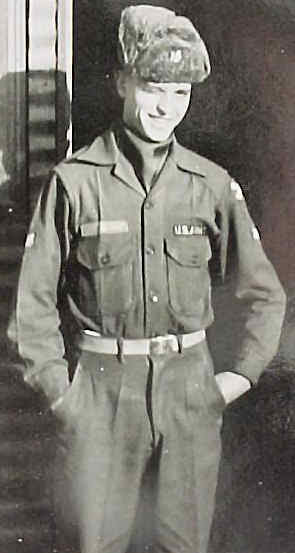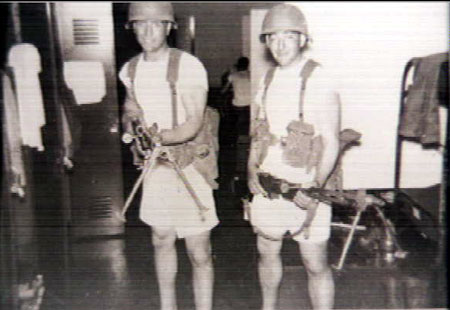ABOUT 69th usafad
- Origins in the Cold War: The 69th United States Army Field Artillery Detachment (USAFAD) was activated to support NATO during the tense Cold War era, with a primary mission in Europe.
- Special Weapons Custodians: The unit’s main responsibility was the custody, maintenance, and security of U.S. nuclear warheads assigned to NATO allies, particularly Belgium’s artillery units.
- Location in Belgium: The 69th USAFAD was stationed at the Belgian Army’s Caserne Maj. Billiaert in Kleine Brogel, one of several American Special Ammunition Storage sites across Europe.
- Support to Belgian Forces: It worked in close cooperation with the Belgian 1st Artillery Battalion, supporting their Honest John and later Lance missile systems with nuclear warheads.
- Highly Classified Operations: The unit operated under strict secrecy, with its mission and activities classified due to the sensitive nature of nuclear weapon custody and NATO defense planning.
- Dual Key System: The 69th USAFAD and Belgian forces operated under a dual-key arrangement, meaning both U.S. and Belgian authorities had to authorize any use of the nuclear weapons.
- Vigilant Security Measures: The site was heavily guarded, with rigorous security protocols, including armed patrols, fences, and advanced surveillance to prevent unauthorized access to the warheads.
- Deactivation and Legacy: The 69th USAFAD was inactivated in the early 1990s following the end of the Cold War and subsequent arms reduction treaties, marking the end of its unique mission.
- Veteran Camaraderie: Former members of the 69th USAFAD often recall strong bonds and a sense of responsibility, given their critical role in NATO’s nuclear deterrence strategy.
- Historical Interest: The story of the 69th USAFAD remains a subject of interest for military historians and veterans, highlighted in reunions, oral histories, and research on U.S. nuclear forces in Europe.

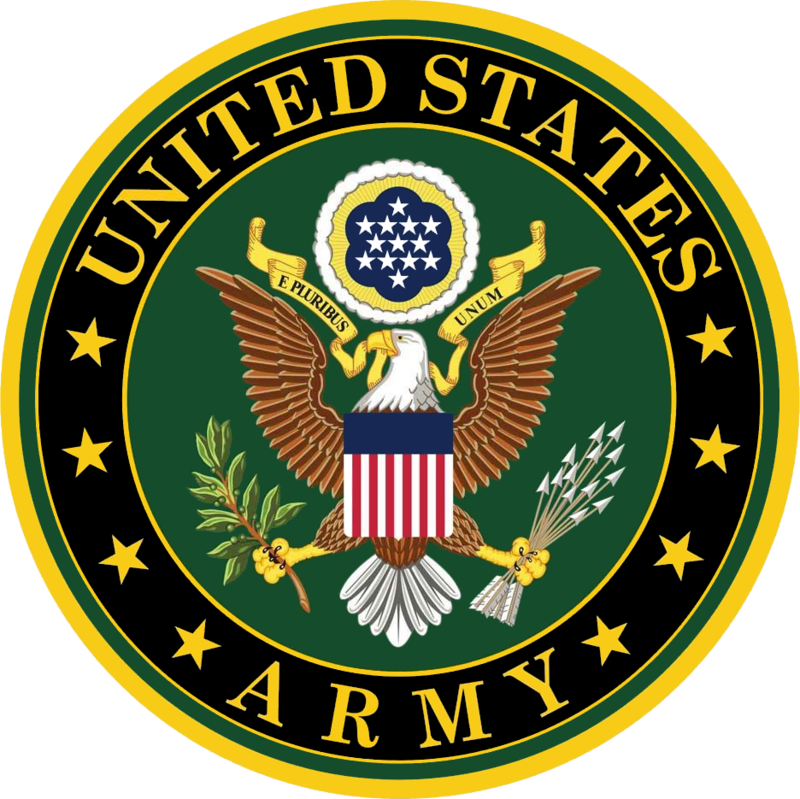
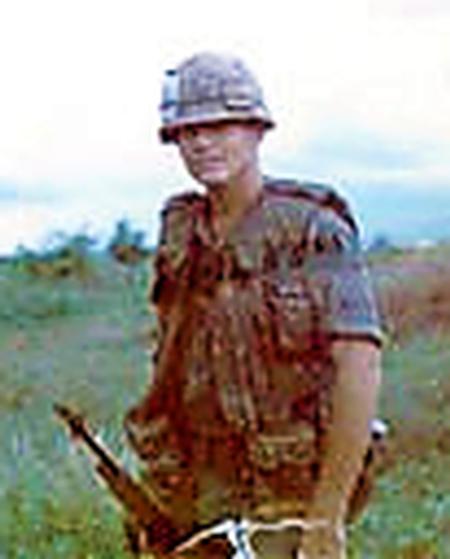
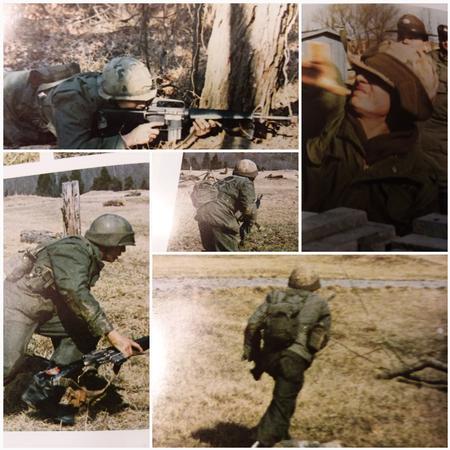
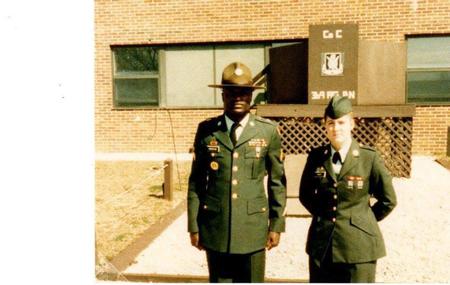
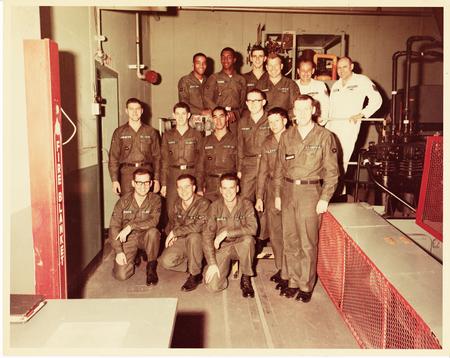
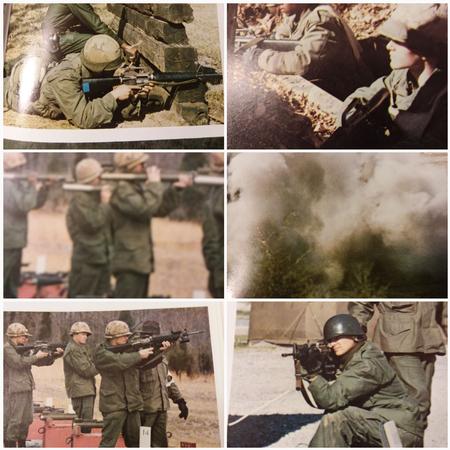
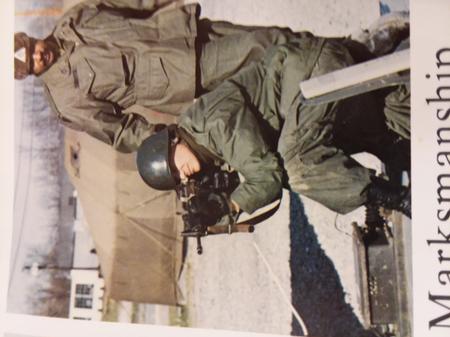
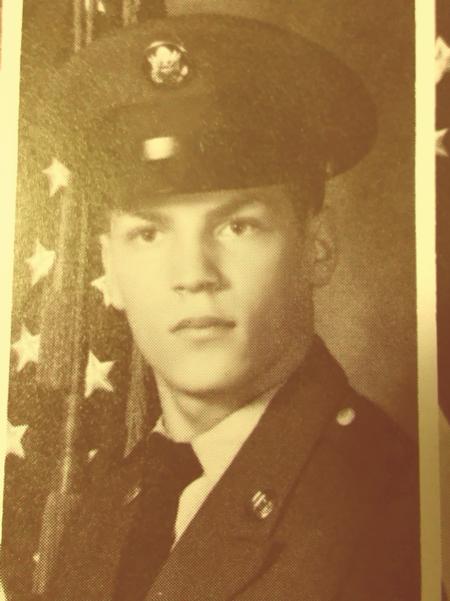
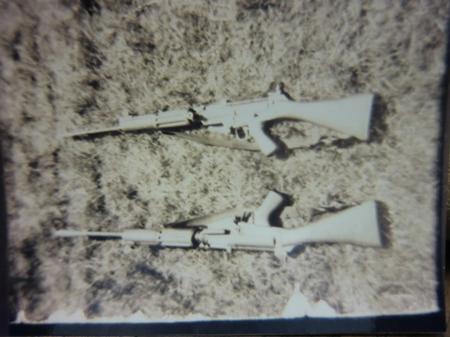
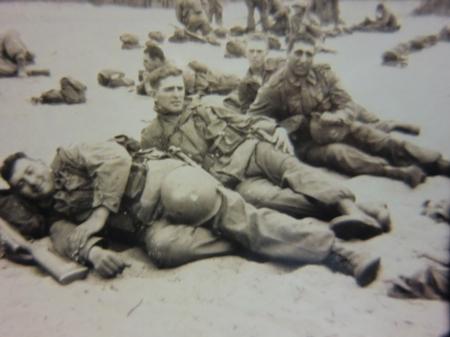
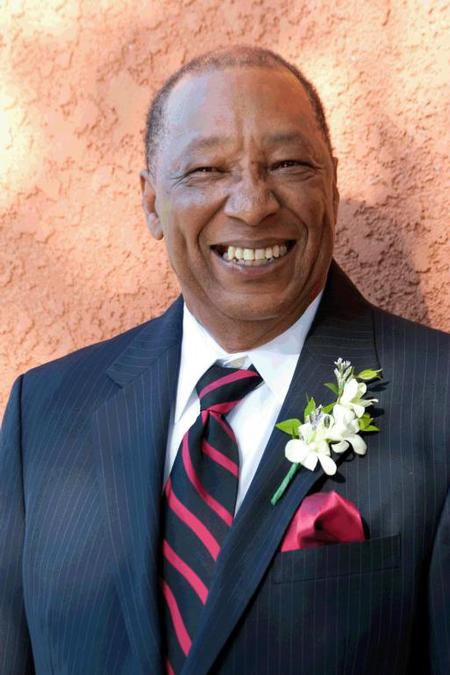
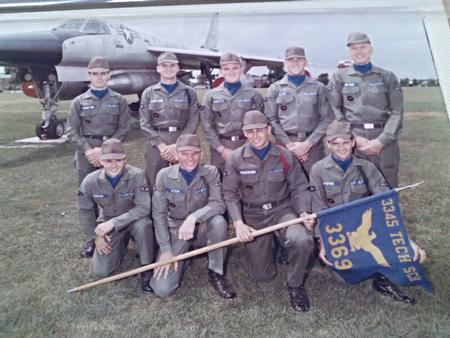
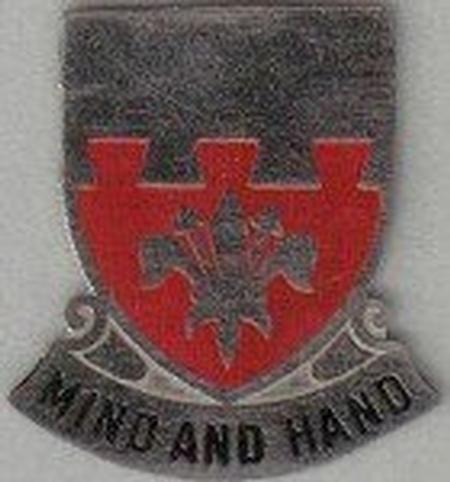
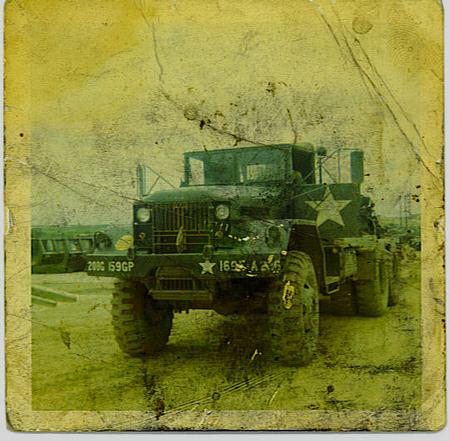
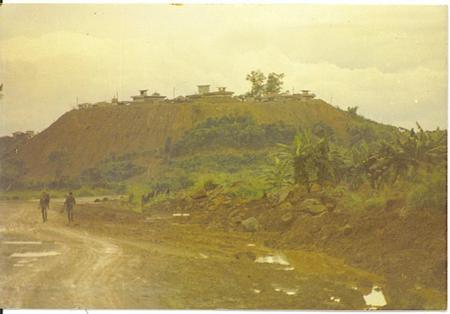
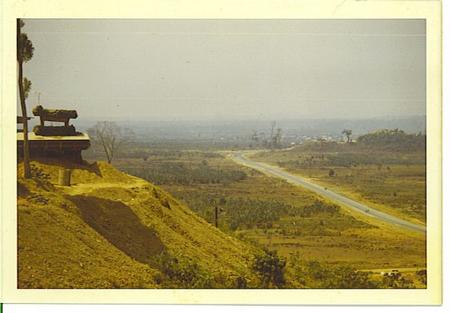
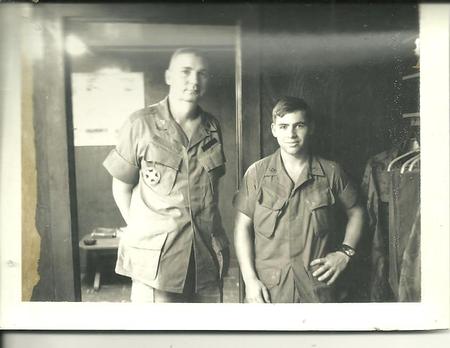
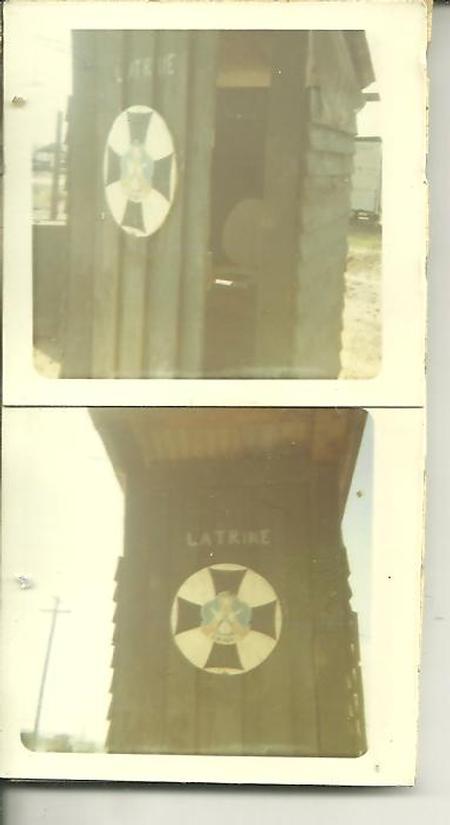
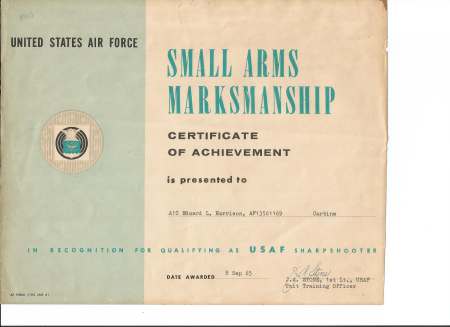
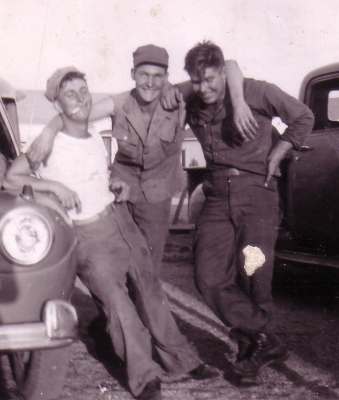
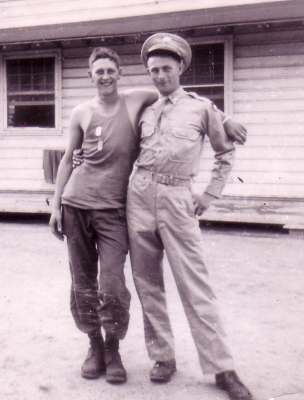
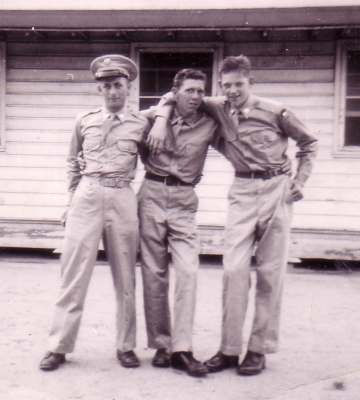
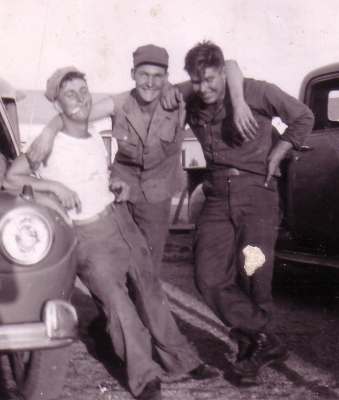
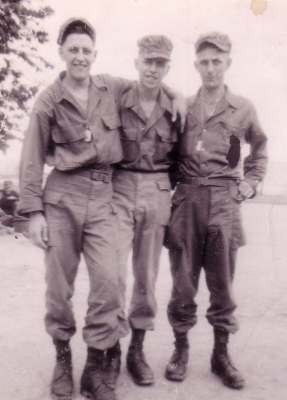
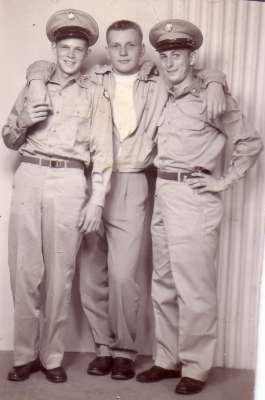
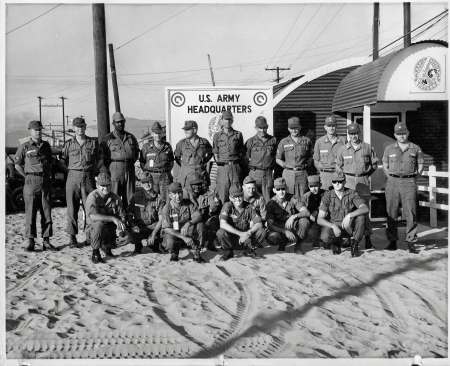
-Inf--6-Woolworth-69379.jpg)
